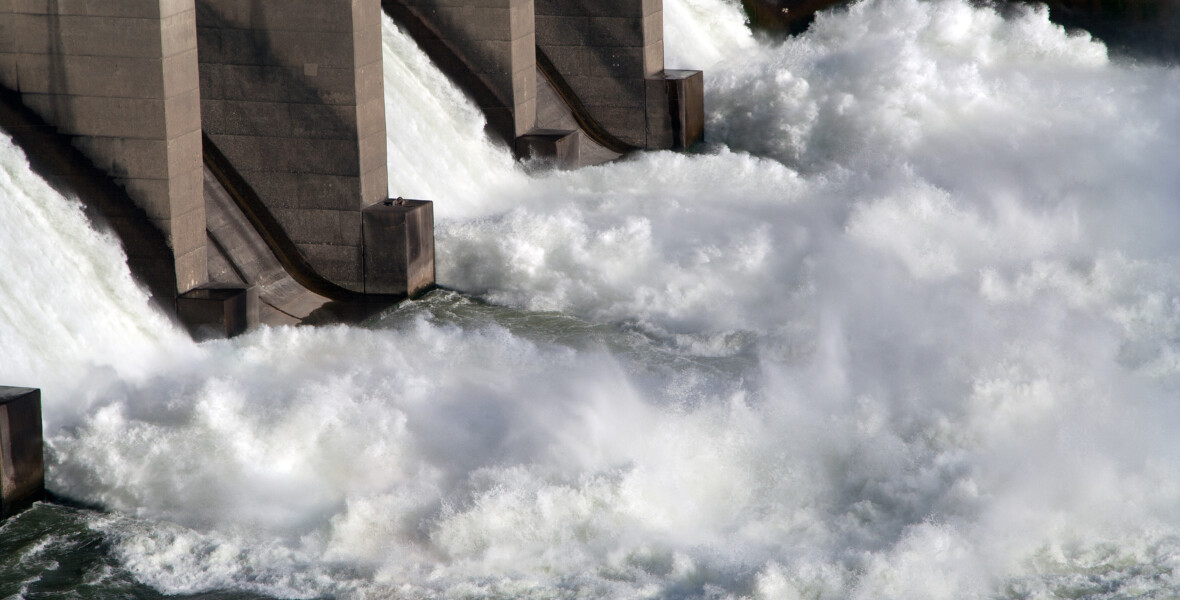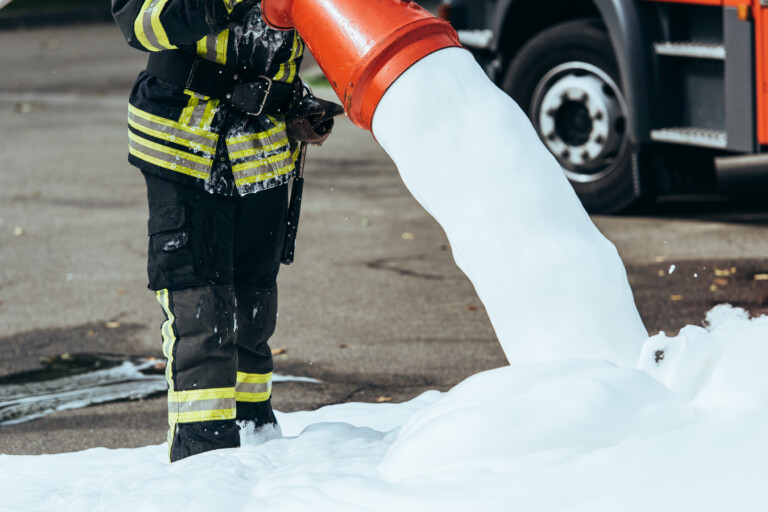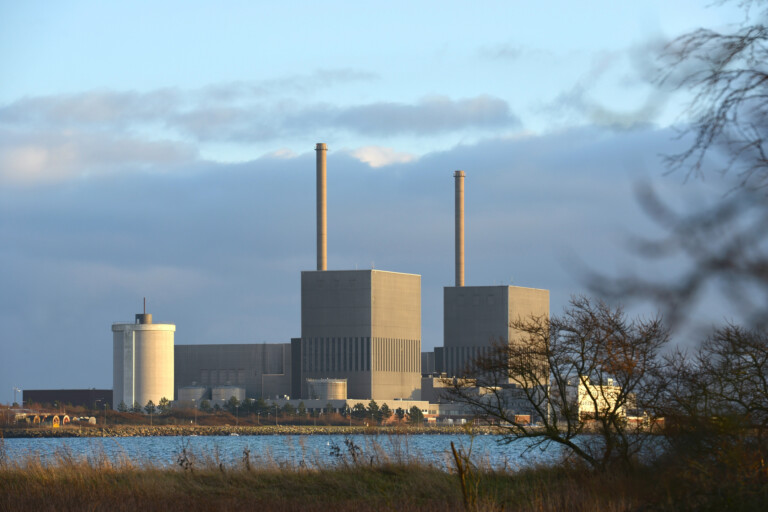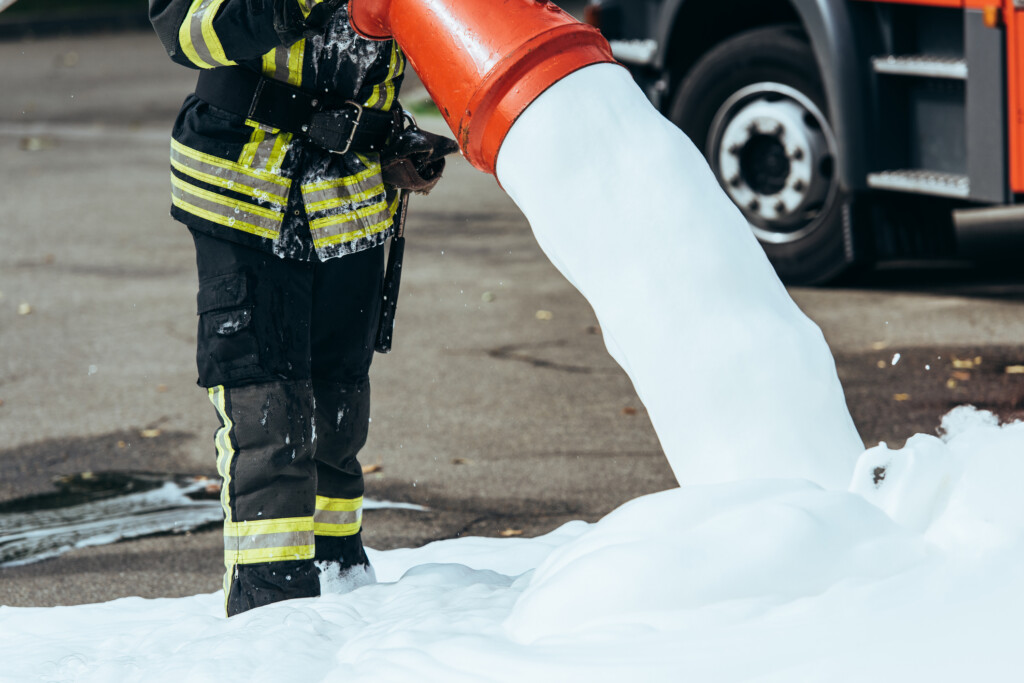Transport
Failing to prepare for dam failure

The Kakhovka dam explosion in Ukraine has caused widespread devastation, and Sweden also has dams that would devastate large areas if they burst. PhD student Erik Persson Pavlovic wants people to rethink how risks relating to dam failures and floods are assessed.
Subscribe to Extrakt newsletter!
Läs mer
Stay up to date! Get the knowledge, ideas and new solutions for a sustainable society.
Personal data is stored only for the mailing of Extrakt newsletters and information related to Extrakt’s operations. You can cancel the newsletter at any time, which means you will no longer receive any emails from us
The masses of water flowing out of the Kakhovka reservoir have caused major flooding along the Dnieper River. According to the Ukrainian government, up to 70 communities are under water and hundreds of thousands of people lack clean drinking water.
“What the people along the river have been subjected to is horrific,” says Pavlovic, a PhD student at Karlstad University. “It is a complete disaster, and the total consequences for people and the environment are difficult to take stock of.”
He is conducting research in risk and environmental studies, and recently defended his thesis “The weakest link: Governing the risk of floods and dam failure in Sweden”. His research revolves around how we in Sweden should consider the risks of dam failures and floods in light of climate change.
“We will have to accept a greater risk in the future because climate change makes water flows more difficult to assess,” he says.
Can cause serious contamination
There are about 10,000 dams in Sweden, and more than 400 of them could cause major flooding if they burst. It is not possible to fully predict the effects of a major dam failure, but according to Pavlovic, the consequences would be far-reaching.

“A breakdown in one of our major dams could fuel one of the biggest disasters we have seen in Sweden,” he says.
He explains that such a flood would not only impact the people and the environment along the river, but would have consequences beyond the areas that are directly affected.
The Ukrainian government has warned that the flooding of the Dnieper could pollute the Black Sea, and Pavlovic believes that a dam disaster in Sweden could similarly have serious implications for the Baltic Sea.
“The water released when a dam bursts gushes with a tremendous force, sweeping away businesses and everything in its path,” he says. “In the end, the water will go into the sea – and the Baltic Sea is already a fragile system.”
Warns of inadequate preparedness
In his thesis, Pavlovic studied emergency preparedness for dam failures and floods with a focus on one of Sweden’s biggest rivers. He found that municipalities often have to bear an unreasonably large burden in preparedness efforts, a burden that can be difficult to manage.
Among other topics, he investigated how warning systems work, and he revealed shortcomings in the alarm chain that informs different stakeholders about a breakdown.
“The practice drill ends when the information reaches the rescue manager in the municipality,” he says. “But in a real-world event, there are many other people in the municipality who need to be involved. The fact that they are not part of the drill, I think, says something about how we view risk and the need for a contingency plan.”
He describes the situation as a perception in Sweden that a dam failure cannot really happen because safety procedures are so extensive. He thinks that this attitude can complicate crisis preparedness.
“How do you get people to become aware and to care if, at the same time, you say that it will never happen?” he asks. “In this respect, the authorities are facing a challenge.”
While doing his thesis, he reacted to the fact that residents living in areas at risk of flooding do not actively participate in preparedness efforts. In his view, the dam owners and the authorities only regard the public as the recipients of crisis information, and he believes that preparedness could be improved if residents from risk areas were given a more active role.
“The explosion could be an eye-opener”
Pavlovic believes that the Kakhovka dam explosion could be an eye-opener here in Sweden around the increased risks associated with our dams, given climate change as well as the altered security policy landscape.
“I think we need to become more aware of the risks and talk more about our approach to them, especially considering the ongoing expansion of hydropower. We’re building vulnerability into our communities. Yet we are dependent on hydropower energy, so there are difficult trade-offs that have to be made.”
Planned expansion of hydropower
For the first time in more than twelve years, Vattenfall is planning to build new hydropower stations at four current hydropower locations in Sweden. This will bring a total increased capacity of 720 MW, which is almost equivalent to Vattenfall’s largest hydropower station Harsprånget (818 MW).
The planned expansions are currently under review, with a potential construction start in 2026 and into the 2030s.








